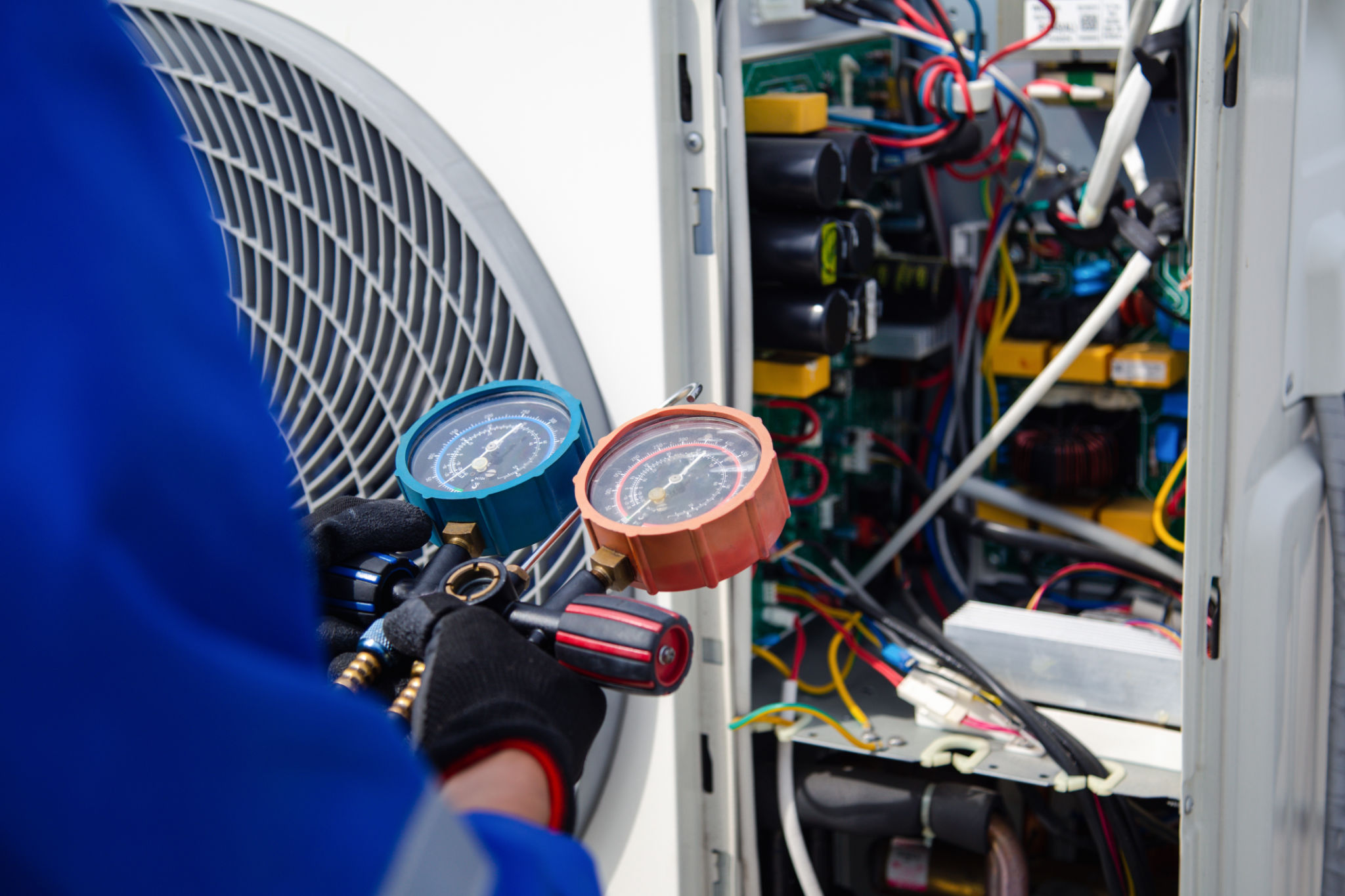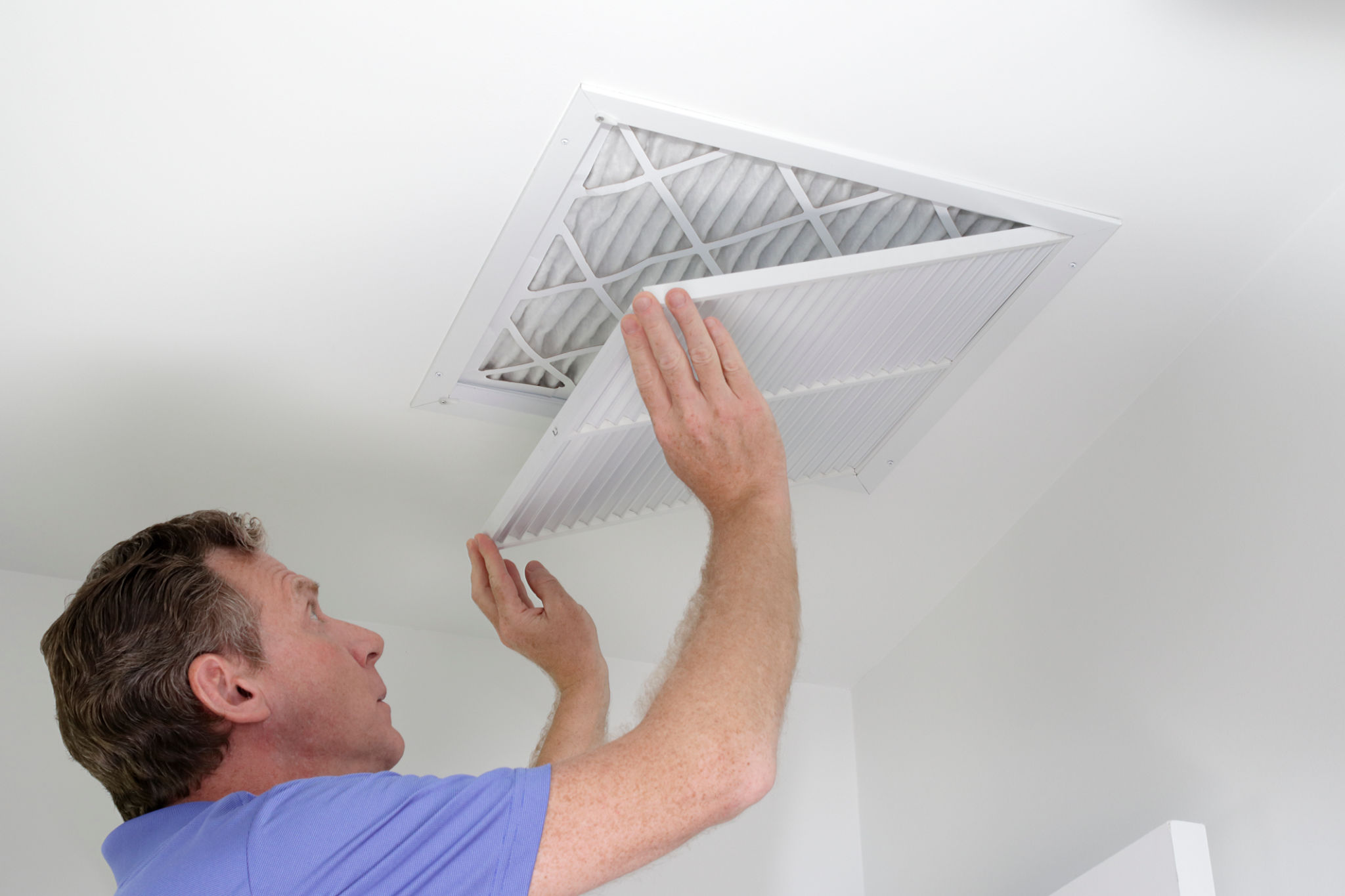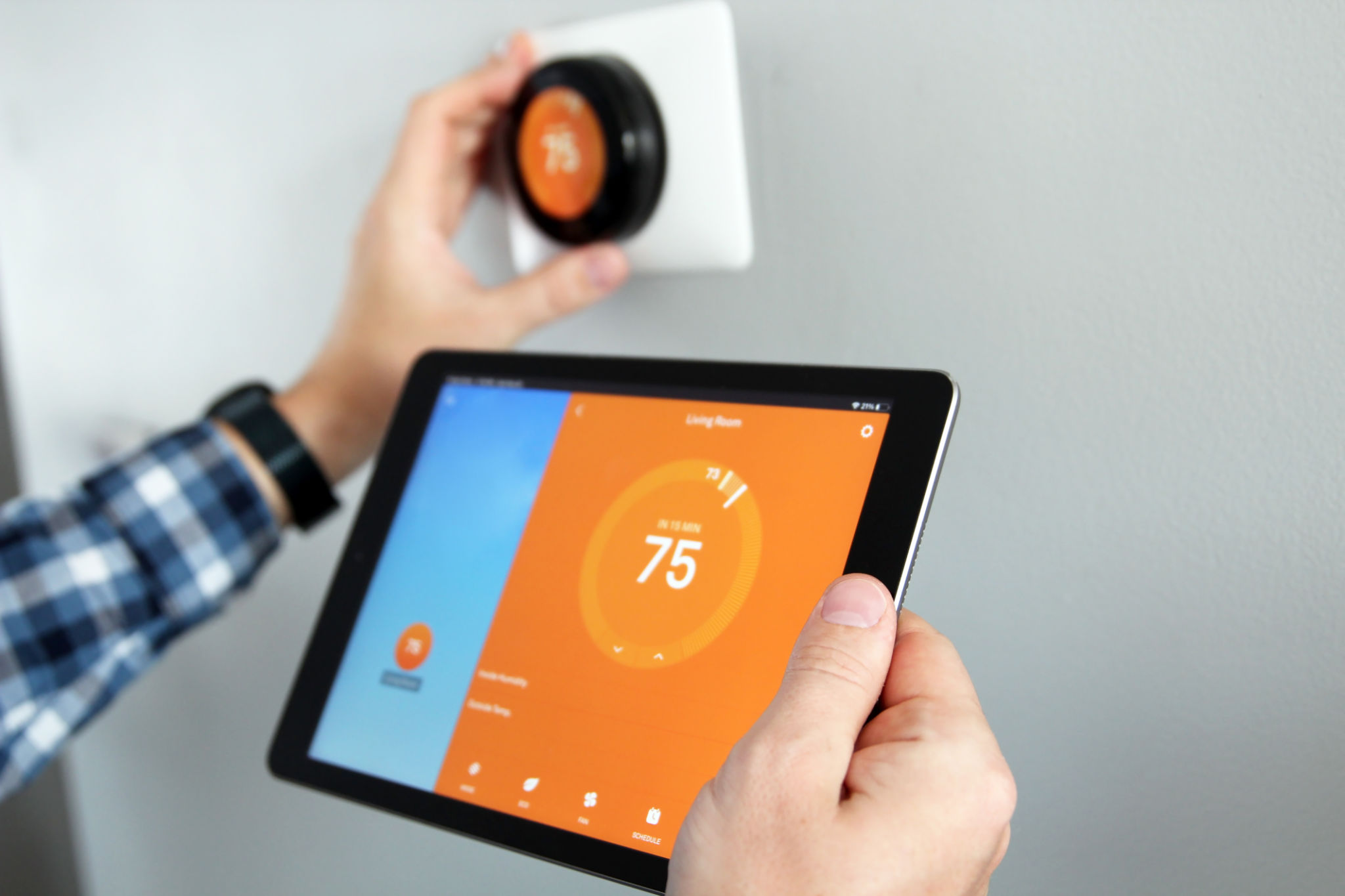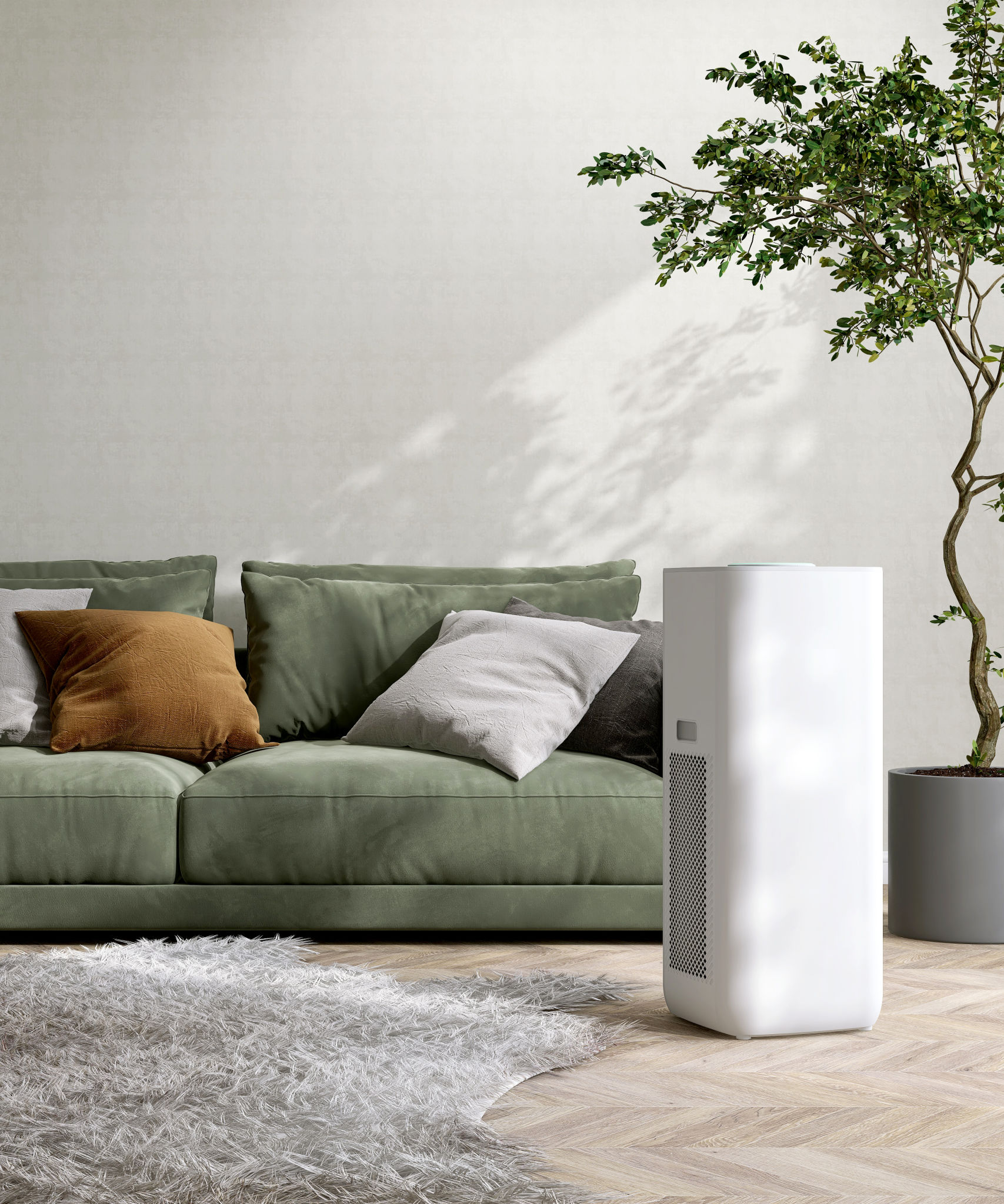Common Misconceptions About HVAC Systems: An Expert's Take
Understanding HVAC Systems
Heating, Ventilation, and Air Conditioning (HVAC) systems are essential components of modern buildings, ensuring comfort and air quality. However, there are several common misconceptions about these systems that can lead to inefficient use or unnecessary expenses. Here, we debunk some of these myths with insights from industry experts.

Myth 1: Bigger Systems Are Better
One prevalent misconception is that larger HVAC systems are more effective at heating or cooling a space. In reality, an oversized system can lead to short cycling, where the unit turns on and off too frequently. This not only reduces efficiency but also wears out the system prematurely. Properly sizing your HVAC system based on your specific space is crucial for optimal performance.
Myth 2: Closing Vents Saves Energy
Many believe that closing vents in unused rooms saves energy. However, this can disrupt the balance of the system, leading to increased pressure and potential duct leaks. Instead of closing vents, consider using a programmable thermostat to manage energy use more effectively.

Myth 3: Maintenance Is Not Necessary
Some homeowners think that once an HVAC system is installed, it requires little to no maintenance. This is a dangerous misconception. Regular maintenance is vital for ensuring the system operates efficiently and lasts longer. Simple tasks like changing filters and scheduling annual inspections can prevent costly repairs down the line.
The Role of Thermostats
The thermostat plays a critical role in managing an HVAC system's efficiency. There are misconceptions about how thermostats work that can affect energy consumption and comfort levels.
Myth 4: Setting the Thermostat Higher Heats the Home Faster
A common misunderstanding is that setting the thermostat to a higher temperature will heat a home more quickly. HVAC systems operate at a consistent rate, regardless of the set temperature. Setting the thermostat higher only results in longer running times, which can increase energy bills unnecessarily.

Myth 5: Programmable Thermostats Don't Save Money
Some people doubt the effectiveness of programmable thermostats in reducing energy costs. When used correctly, these devices can significantly lower energy usage by adjusting temperatures based on occupancy schedules. This leads to more efficient operation and cost savings over time.
Air Quality Considerations
Another area rife with misconceptions is indoor air quality. Understanding how HVAC systems contribute to maintaining air quality is essential for creating a healthy indoor environment.
Myth 6: Air Filters Are Only for Allergies
While air filters do help reduce allergens, their primary function is to protect the HVAC system from dust and debris that can cause damage. Regularly replacing filters not only improves air quality but also ensures the system runs efficiently.

Myth 7: Humidifiers Aren't Necessary
In regions with dry climates, incorporating a humidifier into the HVAC system can significantly enhance comfort levels and protect against dry skin and respiratory issues. Proper humidity control is a key component of an effective HVAC strategy.
Understanding these common misconceptions about HVAC systems can help homeowners make informed decisions, leading to better performance, increased comfort, and cost savings. Regular maintenance and proper usage are critical in ensuring your HVAC system serves you well throughout its lifespan.